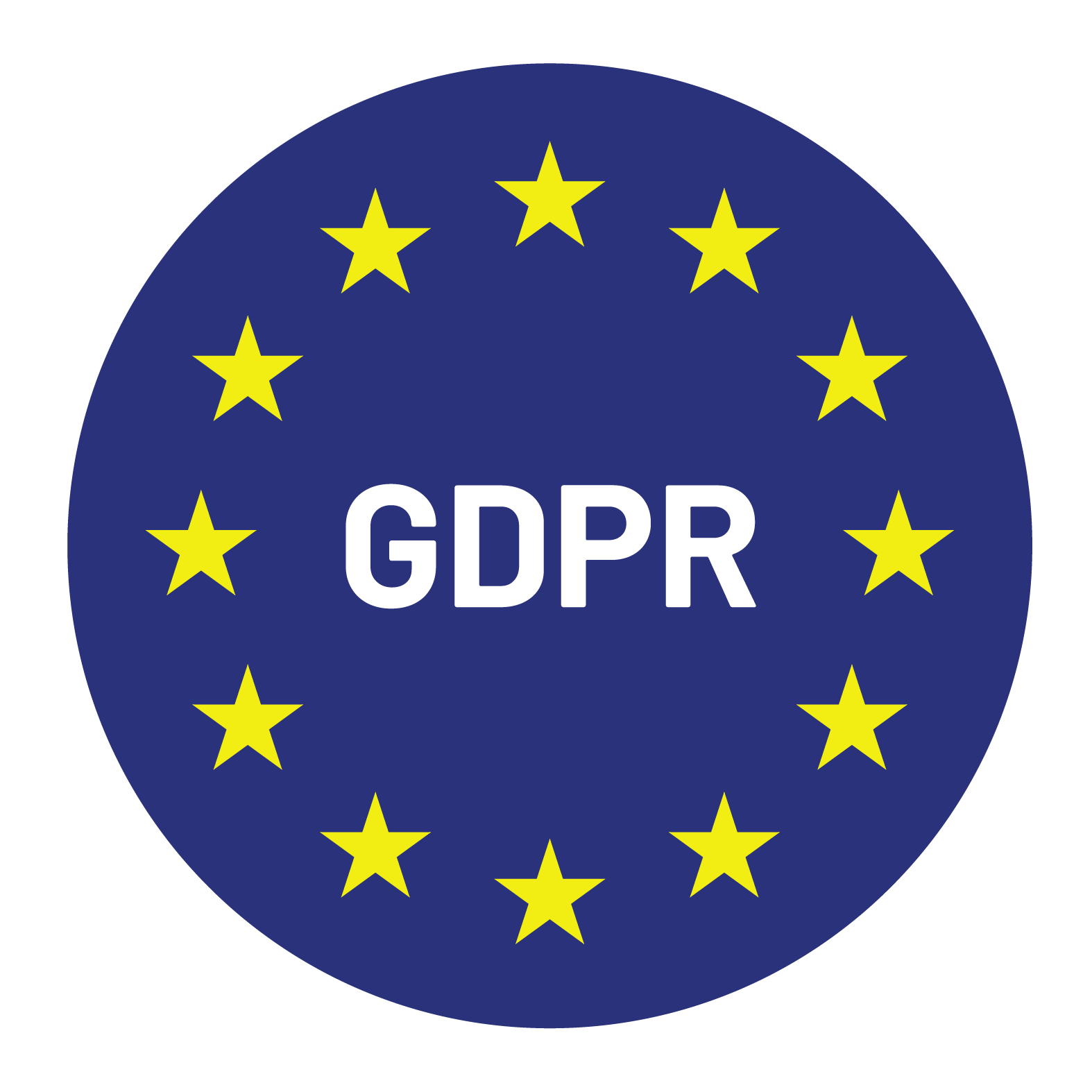

Content Writer for Whistle with multidisciplinary experience spanning over a decade.
A strong sales team does not scale on headcount alone. Hiring more SDRs without a clear SDR management strategy often results in higher churn, inconsistent performance, and wasted resources. The real challenge is not just growing a team but ensuring that every SDR contributes meaningfully to pipeline development.
For companies looking to expand their sales function, SDRs serve as the frontline qualifying prospects, generating meetings, and setting the stage for revenue growth. Yet many organizations approach SDR management reactively, focusing on activity volume rather than effectiveness. The result is a high-attrition role with little long-term impact on sales performance.
Expanding a sales team is not just a matter of hiring more SDRs. Without the right management structure, adding headcount often leads to higher costs, lower efficiency, and inconsistent results. Strong SDR management is the foundation of a scalable sales function, ensuring that each team member contributes to a predictable, high-quality pipeline. When managed well, SDR teams deliver a steady stream of qualified leads, allowing account executives to focus on closing deals rather than sifting through unqualified prospects.
Many companies assume that increasing SDR activity: more calls, more emails, and more outreach will naturally lead to higher conversions. In reality, without proper oversight and strategic guidance, increased activity can produce diminishing returns. SDRs who lack clear goals or structured training often resort to ineffective outreach methods, leading to poor conversion rates and frustration on both sides of the interaction. A well-run SDR team does not just generate more leads but ensures that those leads are relevant, engaged, and ready for meaningful sales conversations.
Mismanaged SDR teams create more problems than they solve. Instead of driving revenue growth, they become a drain on resources. The most common challenges companies face when SDR management is ineffective include:
A growing sales team needs more than additional SDRs. Companies that scale successfully build structured processes that ensure every SDR is productive and aligned with broader sales goals. This includes:
Companies that invest in SDR management create a team that consistently drives revenue growth, reduces churn, and supports a sustainable sales pipeline. Without strong management, even the most talented SDRs will struggle to deliver results.
Vague directives like “increase outreach” or “book more meetings” do not drive performance. SDRs need concrete, measurable targets that align with business objectives.
Companies that set clear, data-driven goals see higher SDR engagement, more predictable pipeline growth, and a more effective sales function overall.
Hiring talented SDRs is only part of the equation. Without structured onboarding and continuous training, even the most skilled hires struggle to perform at their best.
Companies that invest in SDR training experience higher retention rates and better conversion metrics, as reps feel prepared and supported from day one.
SDRs face constant rejection. Without a strong motivation and recognition framework, burnout is inevitable. Effective managers know that compensation alone is not enough to keep SDRs engaged.
Organizations that prioritize motivation see lower SDR attrition and higher sustained performance, creating a more stable and scalable sales function.
Effective SDR management relies on data, not guesswork. The right tools provide insight into what is working, allowing managers to refine strategies in real-time.
Companies that integrate technology effectively into SDR management gain a competitive edge, as they continuously refine and improve their outreach strategies.
Feedback should be ongoing not an afterthought in quarterly reviews. The best SDR teams operate with a feedback loop that allows reps to improve in real-time.
A structured feedback system accelerates SDR development and ensures that performance improvements happen continuously, rather than in sporadic bursts.
One-size-fits-all coaching is ineffective. SDRs improve faster when they receive personalized mentorship tailored to their specific challenges and strengths.
High-performing SDR teams have managers who act as coaches, not just supervisors—helping reps refine their skills rather than simply tracking their activity.
SDR success is not static. What works today may be ineffective in six months. The best teams adapt, experiment, and refine their processes constantly.
A culture of continuous improvement ensures that SDR teams remain competitive, efficient, and scalable.
Companies that master SDR management create a sustainable pipeline, reduce churn, and drive consistent revenue growth.
Whistle specializes in building high-performing SDR teams, providing expertise in training, performance tracking, and strategic outreach. For companies looking to scale their sales function efficiently, Whistle offers the tools and support needed to transform SDRs into a true revenue engine.
Effective SDR management determines whether a sales team scales predictably or struggles with inconsistency. The strategies outlined here: goal-setting, structured training, motivation, data-driven performance tracking, coaching, and continuous improvement create a framework for SDR success.
For organizations ready to optimize their SDR function, Whistle provides the expertise to drive measurable impact.


© Copyright – Whistle 2023